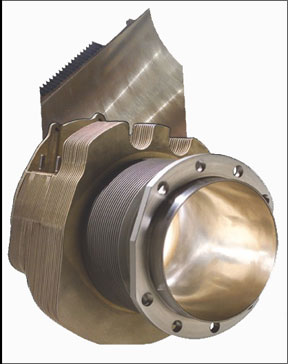A good video, but he fails to mention that Nikasil can be applied to just about any of those 'non rebuildable' cylinder liners. Alusil for example simply needs to be bored oversized to remove the etch-created layer, and coated with Nikasil. Same goes for the iron thermal spray. Bore out the iron, plate the bore with Nikasil.
Nikasil will likely require different rings, and maybe different piston coatings. But the advantage is 3x the bore life of the best cast iron bores. NiCom, a process I've used extensively, is very similar, and is said to be 5x better than compacted graphite cast iron bores. It is great for non engine use too. Such as off road shock damper bores.
Note: some of these Nikasil alternatives (there are many, and they vary in quality and composition a bit) can actually be applied with brush plating. It's just like it sounds, a brush dipped in solution is electrified and brushed against the surface, where transfer plating takes place. Generally not as robust, but pretty darn good.
Aircraft cylinders are typically made of steel, can be coated with NiCom or Nickel Carbide coatings. This prevents the common rusting problems and virtually stops wear related issues. Although some users have had the coating flake off, I don't think this is a frequent occurrence.

